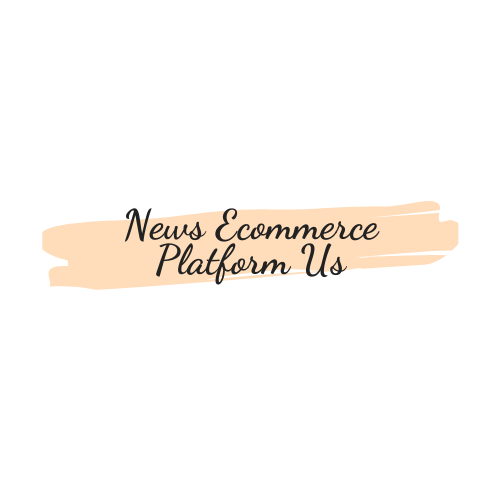See our services : Blockchain developer, Backbase Solutions
eCommerce automation plays a pivotal role in increasing efficiency and saving time and money. The automation of various aspects of the sales and marketing process can help streamline business operations.
There are many automation options available in the eCommerce market, but Klaviyo is our top recommendation for mid-market and enterprise clients. This blog will discuss how Klaviyo flows allow merchants to personalize customer communications and improve their overall marketing strategy.
What are Klaviyo Flows and How Do They Work?
Klaviyo flows enable merchants to automate communications with customers, prospects, and leads. These flows are similar to HubSpot workflows in that they send SMS and email based on the properties or behavior of a contact.
When a trigger is set, a contact meets certain criteria and the flow is activated, it sends a simple message or series of messages. Klaviyo flows can be used any data from a merchant’s Klaviyo Account Yi to help the merchant send the right messages at the right times throughout the entire customer journey.
Klaviyo Flows: The 5 Triggers
Triggers refer to the behaviors or actions that contacts in your database take. Klaviyo flows need to have a trigger for them to function. These triggers are:
The Global Awarded Magento POS – 2021 Stevie Awards Product Innovation winner provides you with a powerful Magento POS as well as 24/7 support. Other products : Shopify Pos, Bigcommerce Pos, Woocommerce Pos
- The List trigger. These flows are for people who are on a specific list. If a person sign up for your newsletter, and they are on your new subscribers list, they will receive content welcoming them to the brand.
- The Segment trigger. Segment triggered flows are designed to qualify people who belong to a specific dynamic segment. If you have a segment that has abandoned their shopping carts and want to encourage them to buy the products left behind, then they can be enrolled into an abandoned cart flow.
- The Metric trigger. People who perform a specific action are called Metric-triggered flows. Metrics could be anything, from placing an order or spending certain dollars to opening an email or viewing a particular product/page.
- The price-drop trigger. The price-drop triggered flows include people who have viewed or started to look at a product that is now less expensive.
- The date trigger. Date-triggered flows are for people with a date-based property in their contact records. A date trigger is a birthday.
What Kinds of Klaviyo Flows Are Possible?
Welcome Series Flow
It is essential to create a welcome sequence flow in Klaviyo in order to make your audience feel comfortable with your brand. It is the first impression a customer has about your brand.
Before you start implementing this flow make sure that the trigger is set to the people you wish to invite. You don’t want your existing customers or subscribers to get this content. Double-check that the list only has new subscribers. Subscribers sign up via a form or a subscription page. They can also be manually added by your sales team or the API.
Explore Abandonment Flow
A browse abandonment stream in Klaviyo can be a great way to increase product awareness and instill your product in a customer’s mind. This flow displays a product to people who have seen it on a page, but not added it to their shopping cart.
Shopping Cart Abandonment Flow
A abandoned shopping cart flow is different than a browse abandonment flow. The abandoned cart flow displays the product that was removed from the customer’s shopping cart. People don’t have to add the item in a browse abandonment flow. They must add the item to their cart in a cart abandonment flow.
The shopping cart abandonment flow is for people who have abandoned a product in their online cart. This flow contains messages that encourage and push the customer to become a customer.
Post-purchase Flow
Marketing doesn’t stop after a customer purchases. It’s important to make customers feel happy after purchasing. Post-purchase flows are key.
Not only is it important to send an order confirmation as soon as a customer has ordered something from your site. Merchants should wait two weeks after they receive the product in order to send them an email asking for a review. This is one way to make sure customers feel connected. Additional steps that can be taken to provide high-quality customer service include communicating shipping information and return policies.
VIP Customer Flow
We recommend that you create a loyalty program for customers who spend the most (VIP) and reward them with special discount codes and other offers. They will feel special and likely won’t turn down an offer that is exclusive to them.
Conclusion
Klaviyo can create a wide variety of flows to reach the right audience at right times. Stock automation is another area where replenishment flows, product suggestions, cross-sell, and up-sell flow are all viable options to encourage segmented audiences that convert.
source https://www.groovecommerce.com/ecommerce-blog/klaviyo-flows/

